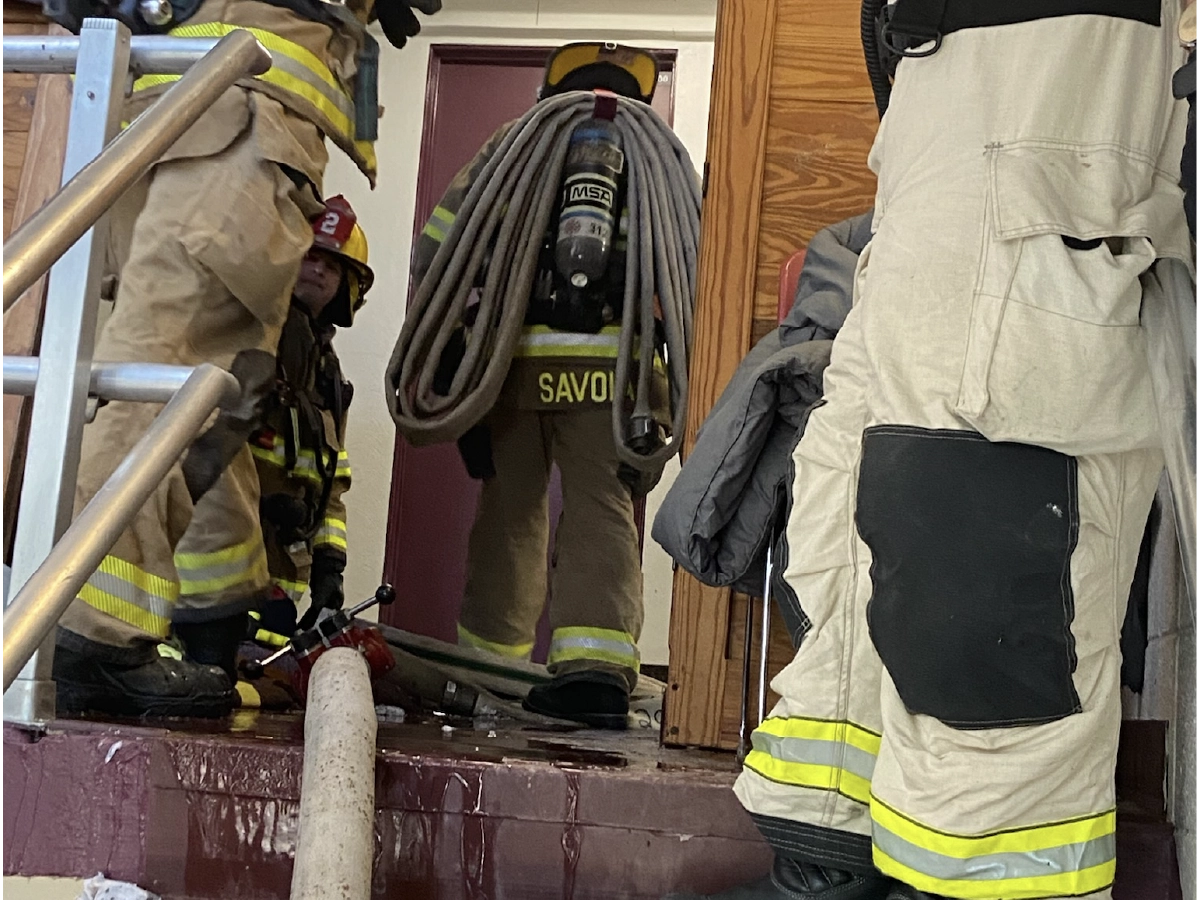Written by Brent Brooks, Firefighter Researcher
High-rise buildings pose unique and evolving challenges for firefighters. Unlike residential structures, these vertical cities demand specialized tactics, equipment, and coordination under high-pressure conditions. After more than three decades in the fire service—20 of which were dedicated to high-rise operations—I’ve seen firsthand how critical it is for firefighters to adapt to the complexities of vertical firefighting.
Here are five must-know tactics that every firefighter should understand before stepping into a high-rise fire.

1. Prioritize Vertical Response Time
Getting to the fire floor quickly isn’t as simple as rolling up in an engine and pulling hose lines. In a high-rise, firefighters must use hose packs and climb stairs. Teams must plan for a “vertical response,” considering the time needed to reach the fire floor from the lobby, fully prepared to fight a fire. A delayed response can result in losing control of the fire before water is even applied.
While premise security is essential, it does take time to access both the lobby and the CACF room. Additional expected delays include elevator recalls, stairwell climbs, and challenges related to the internal layout when carrying equipment.
Tactic: Stage resources two floors below the fire floor. Ascend with lightweight equipment and hose packs. Expect delays.

2. Control the Stairwells Early
The stairwell isn’t just a route; it’s the firefighter’s lifeline. In high-rise operations, controlling both the attack stairwell and evacuation stairwell(s) in terms of access and pressure is essential. Without proper control, smoke can quickly spread, putting occupants at risk and complicating hose advancement.
Tactic: Select the attack stairwell based on the building’s layout and smoke conditions. Pressurize the stairwells with fans if possible, and prevent smoke from contaminating them. Use all other stairwells for evacuation.
3. Water Supply Is Not Guaranteed
A functioning standpipe system is vital, but it cannot be assumed to work correctly. Corrosion, vandalism, frozen or dry systems, and pressure problems have all led to catastrophic delays in water application.
Tactic: Consider redundancies, such as wet testing the FDC early. The wet test challenges the system while crews are ascending.
4. Communication Systems Will Fail—Have a Backup Plan
Radio dead zones are common, particularly in stairwells and underground parking garages. Concrete, steel, and glass interfere with radio signals.
Tactic: Establish a communication relay at fixed positions in the stairwells. Activate the Digital Vehicle Repeater System (DVRS).
5. Plan for Extended Operations and Firefighter Fatigue
Fighting a fire on the 40th floor with 100-plus pounds of gear is a different animal. Physical exhaustion, heat stress, and the psychological demands of vertical operations require pre-planning.
Tactic: Deploy resources and assign teams early. Use forward staging areas (e.g., two floors below the fire) for air bottle swaps, hydration, and medical monitoring. Rotate crews frequently and watch for signs of overexertion.
Final Thoughts
High-rise firefighting is a discipline all its own, from vertical logistics to human performance under pressure. These five tactics are foundational to surviving and succeeding in the vertical fireground. Fire departments that train, and that use lightweight equipment and hoses, will be better prepared for these challenges and are more likely to protect both their members and the lives inside the buildings.
To learn more about high-rise firefighting, visit: